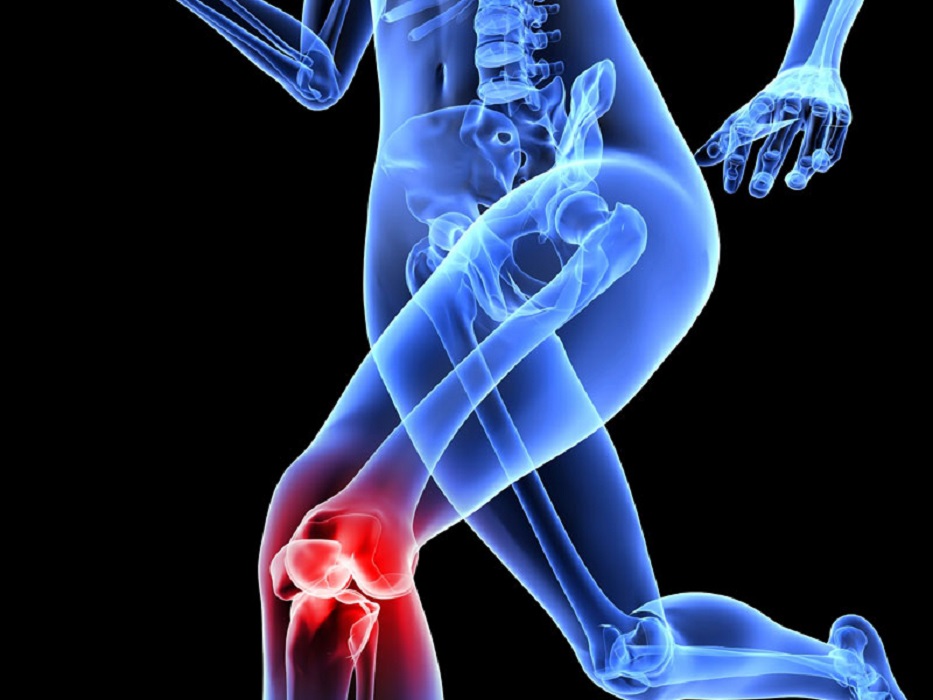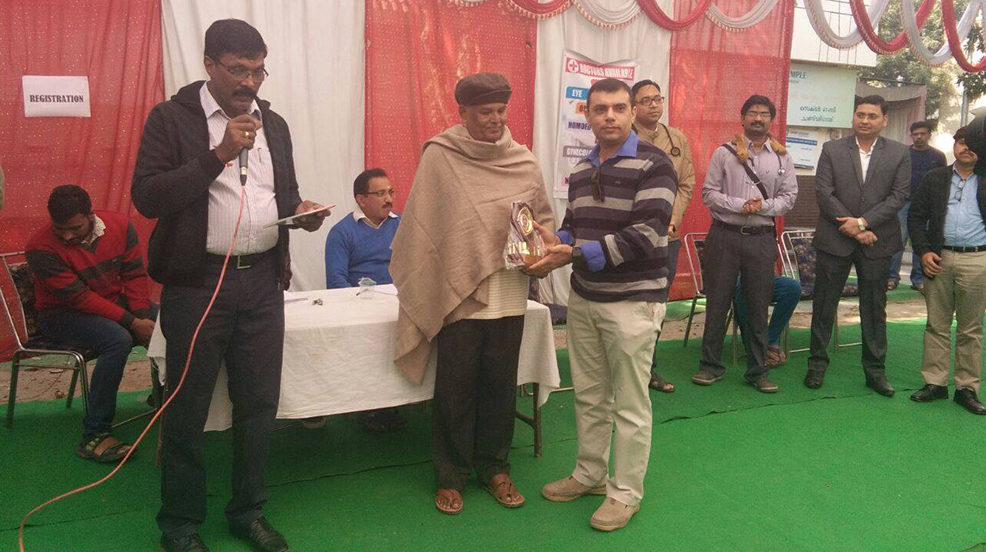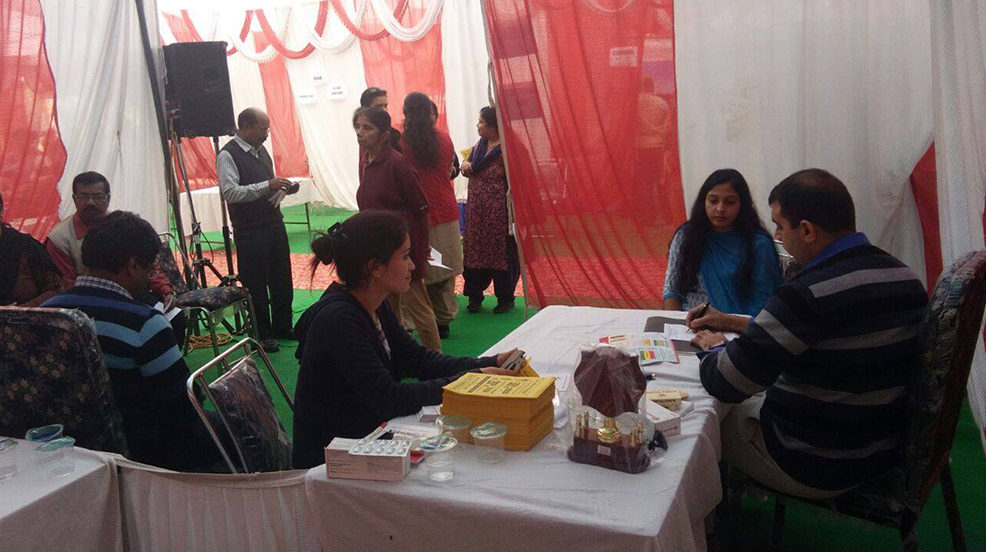The knees are one of human body’s most utilized joints — they bear approximately 3-4 times the body weight with each step. The staggering amount of work the knees perform means that most people will invariably face knee pain at some point of their lives. This could be short term discomfort, inflammation and dislocations caused by trauma or age and weight related issues like Osteoarthritis.
Treatment of knee pain depends upon the underlying cause and the degree of damage to the joint and surrounding tissue. Inflammation and pain in the knee region can be self-managed by RICE therapy—Resting it to allow proper healing, Icing the swollen area for 20-30 minutes, 4-5 times a day, Compressing the knee using a wrap and Elevating the knee to prevent fluid buildup in the affected region. Joint deformation, puncture wounds, suspected fractures, excessive redness and swelling, fever and lack of relief from RICE therapy are indicative of conditions that require medical attention.
Non-Surgical Knee Pain Treatment: –
Oral medication
Oral medicine of various kinds can be effective against knee pain. Depending on the diagnosis, a physician may prescribe a course of analgesics for pain relief, nonsteroidal anti-inflammatory drugs for pain and inflammation or oral corticosteroids.
Arthrocentesis procedure
This procedure involves the use of a needle to remove joint fluid from the knee, primarily for lab tests. The removal of excess fluid, however, can alleviate pain and reduce inflammation by itself.
Injecting Hyaluronic Acid Supplements
Hyaluronic acid is the substance that helps absorb shocks and lubricates the knee joint, ensuring proper and safe motion. People with Osteoarthritis (a condition that alters the shape or structure of the joints) often suffer from a breakdown of hyaluronic acid. Supplementing by injecting hyaluronic acid directly into the knee joint can significantly ease pain.
Injecting Corticosteroids
Injecting corticosteroids directly into the knee joint can bring immediate relief to swollen, aching knees. The effect of these injections can last from several days to over six months. Continuous knee injections, however, can cause cartilage breakdown so this procedure should not be relied upon for long-term pain management.
Platelet Rich Plasma Injection (Click to read more)
Using patient’s blood PRP is prepared & injected into the knee joint. It is one of the safest procedures available.
Surgical Option: –
Knee surgery is usually a last resort option for when all other procedures have failed to cure knee pain. The degree of invasiveness involved varies with the extent of damage and structural modification required.
Arthroscopy
A minimally invasive surgery performed for removal or repair of torn menisci, trimming pieces of joint cartilage, repairing torn cruciate ligament and removing inflamed joint lining or loose bodies from the knee. The surgery entails making small incisions in the knee to insert a lighted scope and small instruments to carry out the procedure.
Osteotomy – Proximal Fibular Osteotomy (Click to read more)
This surgery entails reshaping and repositioning the bones to take the load off the damaged area of the knee. Performed in cases where the damage in limited to one section of the knee or wherein the patient is unwilling to undergo total knee replacement.
Total knee Replacement
If knee damage is substantial and irreparable by means of other procedures, it requires the removal of the top of the tibia (shin bone) and the damaged part of the bone at the end of femur (thigh bone), and/or of the patella (knee-cap). The surgeon will then replace the removed parts with prosthetic components typically made from metal alloys and high-grade plastic.





